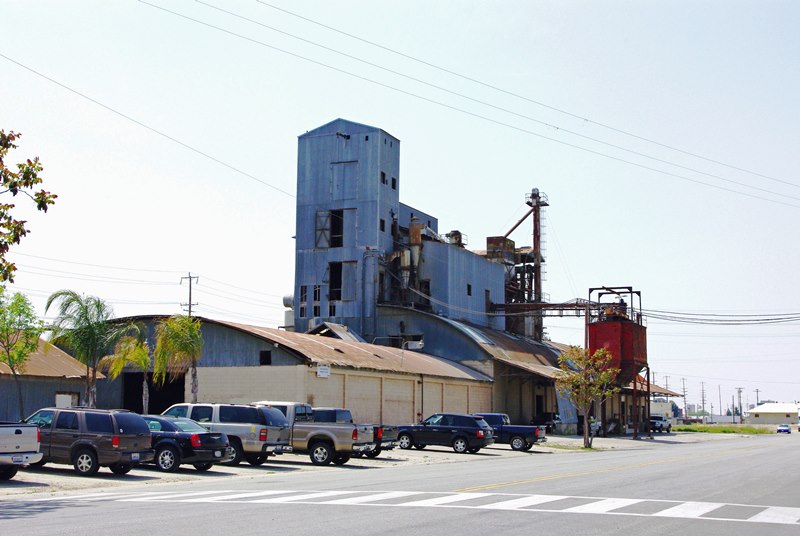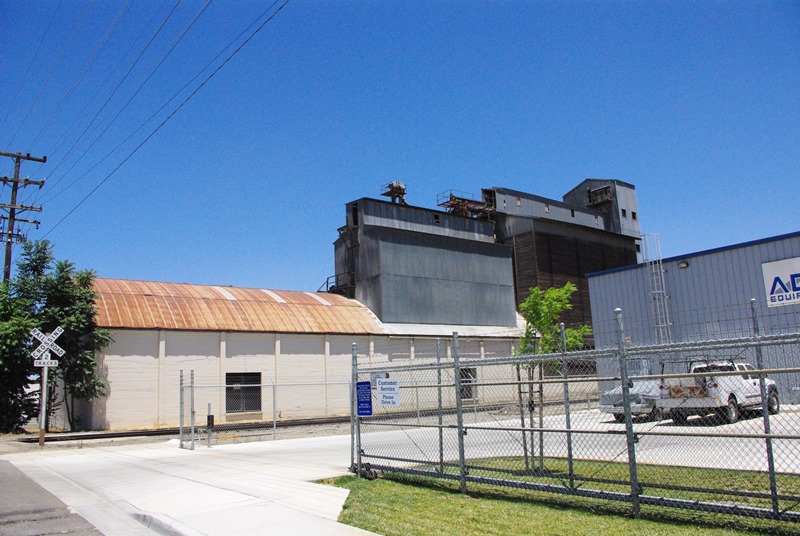07-10-2013, 09:00 AM
I started a thread on the West Coast Rail Forums at <!-- m --><a class="postlink" href="http://www.westcoastrailforums.com/thread-7652.html">http://www.westcoastrailforums.com/thread-7652.html</a><!-- m --> regarding cattle feed coming into the San Joaquin Valley. Reinhard's new series on the MAW has kept my focus on agricultural related industries, about which I don't know a whole lot (I live in the big city).
However, one thing I've noticed is that most parts of the country get inbound grain, and only the central parts ship grain out by rail through grain elevators. The inbound grain can come into feed mills, which often look like grain elevators. However, they're often more interesting structures than plain modern elevators. Here is the Verhoeven Milling Company in Hanford, CA:




I'd like to hear more from anyone who's familiar with feed or the feed lot business.
However, one thing I've noticed is that most parts of the country get inbound grain, and only the central parts ship grain out by rail through grain elevators. The inbound grain can come into feed mills, which often look like grain elevators. However, they're often more interesting structures than plain modern elevators. Here is the Verhoeven Milling Company in Hanford, CA:
I'd like to hear more from anyone who's familiar with feed or the feed lot business.


